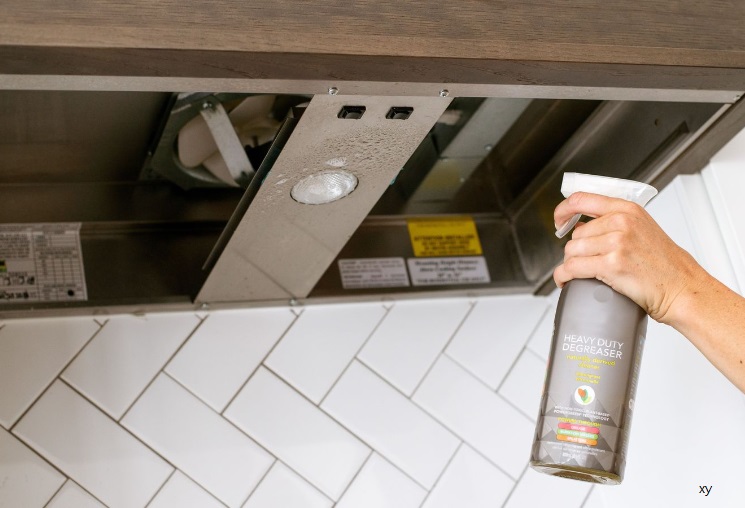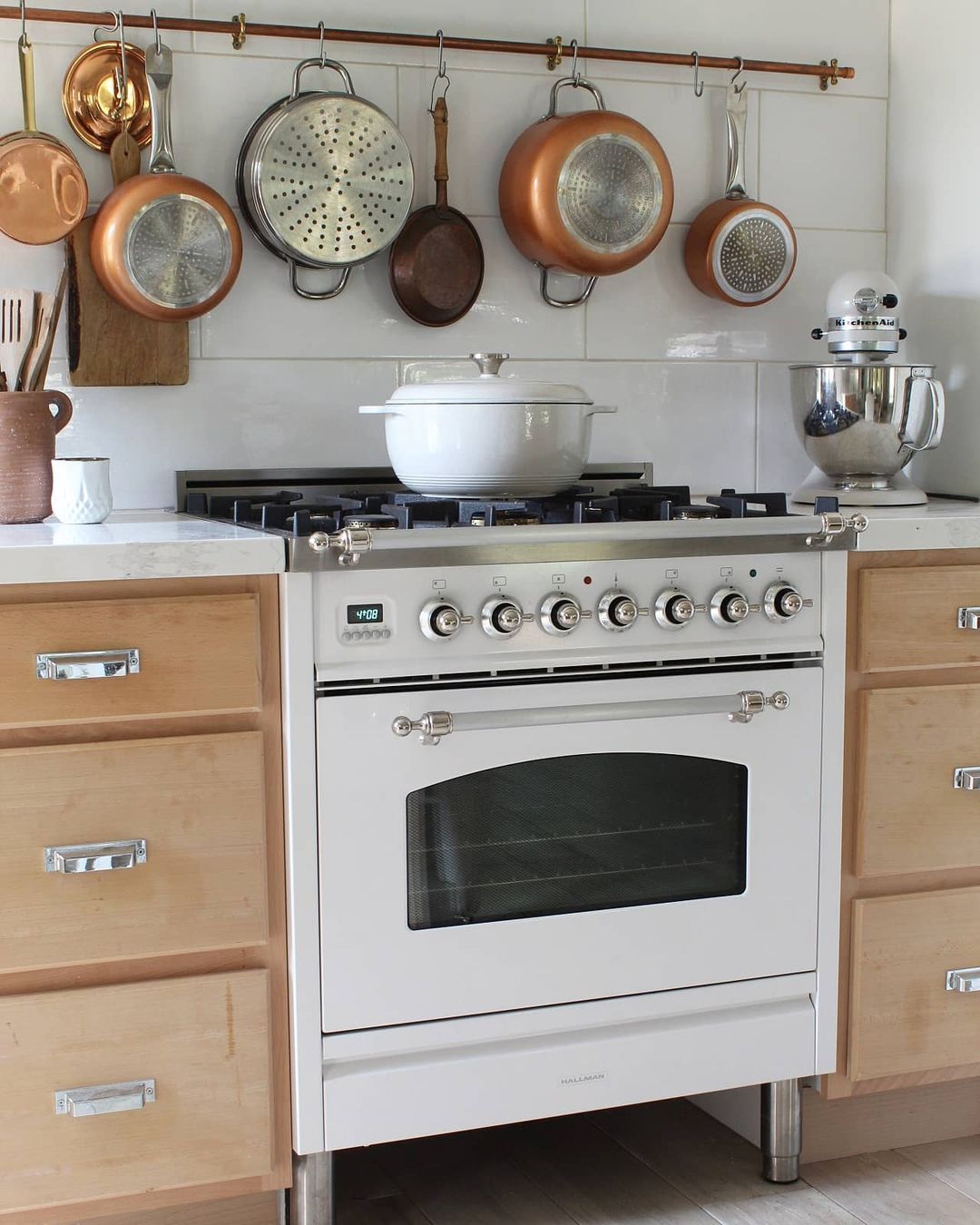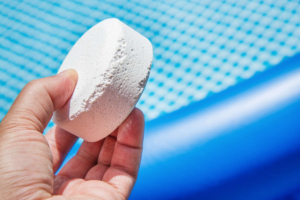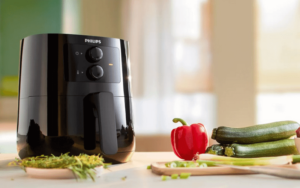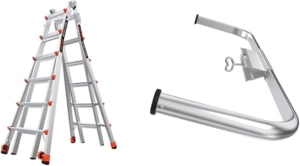How to Clean Your Kitchen Range
for Optimal Performance and Longevity
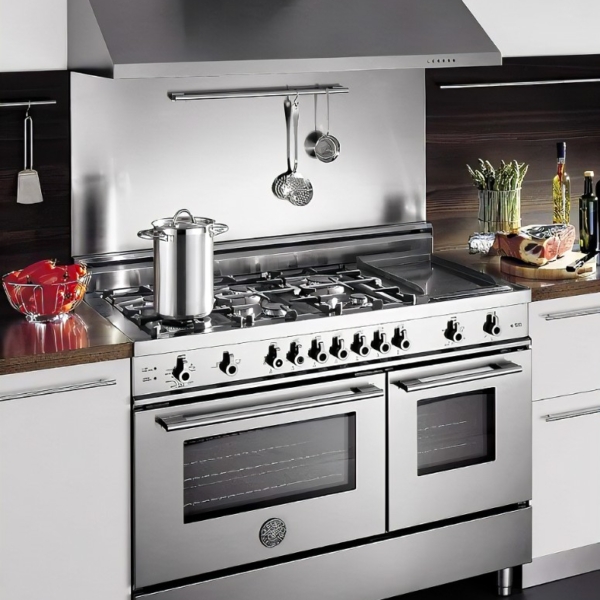
Kitchen range maintenance is a task that often gets overlooked. However, regular cleaning and care can make your range last longer and work more efficiently. In this guide, you’ll learn simple, effective methods to keep your kitchen range in top shape. The key? Regular, thorough cleanings and some preventative maintenance. With these tips, you’ll be able to keep your range working its best, ensuring delicious meals for years to come. Let’s get started.
Importance of Cleaning and Maintaining Your Kitchen Range
Ensuring Efficiency and Performance
Keeping your kitchen range clean and well-maintained is essential for ensuring its efficiency and optimum performance. A clean range operates more efficiently, allowing you to cook your favorite dishes with ease and precision. When grease and grime accumulate on the burners, stovetop, and oven, it can hinder the heat distribution and airflow necessary for proper cooking. As a result, your food may take longer to cook or may not cook evenly, leading to subpar culinary outcomes.
Regular cleaning and maintenance of your kitchen range will help you avoid these issues and guarantee that your range operates at its best. By removing any debris or food particles that may have accumulated, you can ensure that the burners ignite promptly and that the heat is distributed evenly. This will not only save you time in the kitchen but also allow you to prepare delicious meals with consistent results.
Extending Lifespan and Durability
Another critical reason to prioritize the cleaning and maintenance of your kitchen range is to extend its lifespan and durability. A range is a significant investment in your kitchen, and you want it to serve you well for years to come. Neglecting regular cleaning and maintenance can lead to the accumulation of grease, grime, and food residue, which can cause long-term damage to your range.
Over time, the buildup of grease and grime can affect the internal components of your range, such as the burners, igniters, and heating elements. These components are crucial for the proper functioning of your range, and if they become clogged or damaged, it can lead to costly repairs or even the need for a replacement.
By cleaning your kitchen range regularly and following the manufacturer’s maintenance guidelines, you can prevent the accumulation of dirt and debris that can cause damage. This simple act of maintenance will help extend the lifespan of your range, ensuring that you get the most out of your investment and avoid unnecessary expenses.
Essential Tools and Supplies for Cleaning
Cleaning your kitchen range is an important task to ensure it stays in top shape and functions optimally. To make this process efficient and effective, it is essential to have the right tools and supplies at hand. In this section, we will explore the key items you need to keep your kitchen range clean and well-maintained.
Cleaning Agents and Solutions
When it comes to cleaning your kitchen range, having the right cleaning agents and solutions is crucial. Here are a few options to consider:
- Multi-purpose cleaner: A versatile multi-purpose cleaner is a must-have for tackling various types of stains and grease on your kitchen range. Look for one that is specifically designed for kitchen surfaces to ensure optimal results.
- Degreaser: Grease build-up is a common issue in kitchen ranges. Investing in a quality degreaser will help you remove stubborn grease and restore the shine of your range. Make sure to choose a degreaser that is safe for the specific material of your range.
- Stainless steel cleaner: If your kitchen range has stainless steel surfaces, a stainless steel cleaner is essential to maintain its sleek appearance. This cleaner will remove fingerprints, smudges, and stains without leaving streaks or residues.
- Oven cleaner: For the interior of your oven, an oven cleaner is necessary to remove baked-on food, grease, and other residues. Look for a non-toxic oven cleaner that is safe for your oven’s specific surface.
Microfiber Cloths and Sponges
Microfiber cloths and sponges are essential tools for cleaning your kitchen range effectively. Here’s why they are a must-have:
- Microfiber cloths: These soft and highly absorbent cloths are perfect for wiping down surfaces, removing dust, and polishing. They are also great for cleaning delicate parts of your range, such as control knobs and displays, without causing any damage.
- Sponges: Sponges with a non-abrasive side are ideal for gentle scrubbing on your range’s surfaces. They can be used in conjunction with cleaning agents to tackle tough stains and grime. Make sure to choose sponges that are suitable for your range’s material to avoid scratching or damaging it.
Scrub Brushes and Scrapers
For more challenging cleaning tasks on your kitchen range, scrub brushes and scrapers come in handy. Here’s what you need to know:
- Scrub brushes: A medium-stiffness scrub brush can be useful for scrubbing away stubborn stains and grease on your range’s surfaces. Opt for one with a comfortable grip and bristles that won’t scratch or damage the material.
- Scrapers: A scraper tool can be particularly useful for removing dried-on food or residue from your range’s cooktop. Be cautious when using a scraper to avoid scratching the surface, and make sure to choose one that is safe for your range’s specific material.
Daily Cleaning Routine
Keeping your kitchen range clean and well-maintained is essential for ensuring its longevity and efficiency. By following a simple daily cleaning routine, you can easily keep your kitchen range in top shape. In this section, we will discuss three important aspects of daily cleaning: wiping down the surface, cleaning stovetop burners, and removing grease and food spills.
Wiping Down the Surface
A clean and shiny surface not only looks great but also prevents any buildup or stains from becoming stubborn. To wipe down the surface of your kitchen range, start by removing any loose debris or crumbs using a soft brush or cloth. Then, dampen a microfiber cloth with a mild cleaning solution and gently wipe the surface. Avoid using abrasive cleaners or scrub pads, as they can damage the finish. Finally, use a dry cloth to remove any excess moisture and leave a streak-free shine.
Cleaning Stovetop Burners
Stovetop burners are often exposed to spills and splatters, making them prone to buildup and grime. To clean the burners effectively, start by disconnecting the power source and removing the grates. Soak the grates in warm soapy water to loosen any grease or food residue. While the grates are soaking, use a damp cloth or sponge to wipe the surface of the burners. Pay close attention to the burner knobs and control panel, ensuring they are free from any spills or stains. Once the grates are thoroughly soaked, scrub them gently with a brush or sponge, rinse them off, and let them air dry before placing them back on the range.
Removing Grease and Food Spills
Grease and food spills are common occurrences in the kitchen, especially on the stovetop. To tackle these messes effectively, it’s important to act promptly. Start by using a paper towel or a cloth to blot up any excess grease or liquid. Then, sprinkle some baking soda or an appropriate kitchen cleaner on the affected area and let it sit for a few minutes. This helps to break down the grease and make it easier to remove. Using a sponge or cloth, scrub the area in a circular motion to lift off the grease and food spills. Rinse the area thoroughly with warm water and wipe it dry with a clean cloth.
Deep Cleaning Your Kitchen Range
Maintaining a clean and hygienic kitchen range is essential for a well-functioning cooking space. Regular cleaning not only ensures that your range looks its best, but it also helps extend its lifespan. In this section, we will walk you through the step-by-step process of deep cleaning your kitchen range, covering everything from the oven to the control panel.
Cleaning the Oven
The oven is often the most used and abused part of a kitchen range, making it susceptible to stubborn grease and food stains. Follow these simple steps to deep clean your oven:
- Preparation is key: Before you begin, make sure the oven is cool. Remove any racks or accessories and set them aside for cleaning separately.
- Natural cleaning solution: Create a natural cleaning solution by mixing equal parts water and baking soda to form a paste. Apply this paste generously to the interior surfaces of the oven, avoiding the heating elements.
- Let it sit: Allow the baking soda paste to sit for at least 30 minutes or overnight if possible. This will help break down the grime and make it easier to scrub away.
- Scrub away: Using a sponge or scrub brush, scrub the interior surfaces of the oven thoroughly. Pay special attention to tough stains or baked-on grease. For extra cleaning power, you can use a vinegar-water solution as a rinse.
- Wipe clean: Once you have scrubbed away all the grime, use a damp cloth or sponge to wipe away the baking soda residue. Rinse and wring out the cloth or sponge as needed.
- Clean the racks: To clean the oven racks, soak them in warm soapy water for about 30 minutes. Scrub them gently with a sponge to remove any remaining grease or stains. Rinse and dry them before placing them back inside the oven.
Cleaning the Range Hood and Vent
A clean range hood and vent not only improve the air quality in your kitchen but also prevent grease buildup. Follow these steps to deep clean your range hood and vent:
- Switch off and disconnect: Turn off the range hood and unplug it from the power source. If your range hood has removable filters, remove them as well.
- Degrease the filters: Soak the filters in warm soapy water for about 15 minutes. Use a soft brush or sponge to gently scrub away the grease. Rinse the filters thoroughly and allow them to air dry before reinstalling them.
- Wipe down the exterior: Using a damp cloth and a mild detergent, wipe down the exterior surfaces of the range hood. Pay attention to any greasy or sticky spots. Avoid using abrasive cleaners that may damage the finish.
- Clean the vent: Check the vent opening for any visible grease or debris. Use a vacuum cleaner or a brush attachment to remove any buildup. If necessary, you can also use a degreaser spray followed by a wipe down with a clean cloth.
Degreasing the Control Panel
The control panel of your kitchen range can accumulate grease and grime over time. Follow these steps to degrease and clean the control panel effectively:
- Safety first: Ensure that the range is turned off and that the control panel is cool to the touch before cleaning.
- Prepare a cleaning solution: Mix a small amount of dish soap or a mild kitchen cleaner with warm water. Alternatively, you can use a vinegar-water solution for a natural cleaning option.
- Dampen a cloth: Dip a soft cloth or sponge into the cleaning solution and wring out any excess liquid. The cloth should be damp, not soaking wet.
- Wipe down the control panel: Gently wipe the control panel, paying attention to any buttons, knobs, or touch-sensitive surfaces. Use light pressure to avoid damaging the panel.
- Dry and polish: Once you have removed the grease and grime, use a dry, clean cloth to wipe down the control panel and give it a polished finish.
Maintaining and Protecting Your Kitchen Range
Taking care of your kitchen range is key to ensuring its longevity and keeping it in top shape. Regular inspection and maintenance, as well as protecting against damage and stains, are essential tasks you should incorporate into your kitchen routine. By following these simple steps, you can guarantee the optimal performance of your range and extend its lifespan.
Regular Inspection and Maintenance
Regular inspection and maintenance are crucial to identify any potential issues with your kitchen range before they escalate into major problems. By incorporating these tasks into your routine, you can prevent costly repairs and keep your range operating efficiently.
- Check for Wear and Tear: Regularly inspect your range for signs of wear and tear, such as loose knobs, worn-out seals, or cracked glass. Addressing these issues promptly can prevent further damage and ensure your range functions properly.
- Clean the Burners: Remove the burners and clean them thoroughly to remove any food debris or grease buildup. This will not only prevent unpleasant odors but also ensure even heat distribution and efficient cooking.
- Inspect the Ignition System: Check the ignition system to ensure it is functioning correctly. If you notice any issues with ignition, such as a delay in lighting or a weak spark, it may be necessary to clean or replace the ignition components.
- Clean the Filter: If your range has a filter, make sure to clean or replace it regularly. A clogged filter can hinder airflow, affecting the performance of your range’s ventilation system.
Protecting Against Damage and Stains
In addition to regular maintenance, taking proactive measures to protect your kitchen range from damage and stains is essential. By following these tips, you can keep your range looking pristine and prevent unnecessary wear and tear.
- Use Proper Cookware: Ensure you are using cookware that is suitable for your range’s cooking surface. Using the wrong type of cookware can cause scratches or damage, especially on glass or ceramic surfaces. Additionally, avoid sliding pots and pans across the surface, as this can also lead to scratches.
- Clean Spills Immediately: Accidents happen, and spills are inevitable in the kitchen. However, it’s important to clean up spills promptly to prevent stains and damage. Use a gentle cleaner and a soft cloth to wipe away spills, avoiding abrasive materials that may scratch the surface.
- Avoid Harsh Chemicals: When cleaning your kitchen range, opt for mild, non-abrasive cleaners to avoid damaging the surfaces or finishes. Harsh chemicals or abrasive cleaners can strip away protective coatings and cause discoloration.
- Protect the Range Hood: If your range has a hood, make sure to clean the filters regularly to prevent grease buildup. Additionally, install a grease trap to prevent grease from accumulating inside the ventilation system, which can impact its efficiency.
Conclusion
Proper cleaning and maintenance of your kitchen range is essential to keep it in top shape and ensure its longevity. By following the tips and techniques mentioned in this blog post, you can effectively remove grease, grime, and food residue from your range, preventing any potential damage or performance issues. Remember to regularly clean the burners, oven, and hood, as well as wipe down the exterior surfaces. Additionally, don’t forget to check and replace any faulty parts or components to ensure optimal functionality. With a well-maintained kitchen range, you can enjoy hassle-free cooking and a clean and inviting kitchen environment.

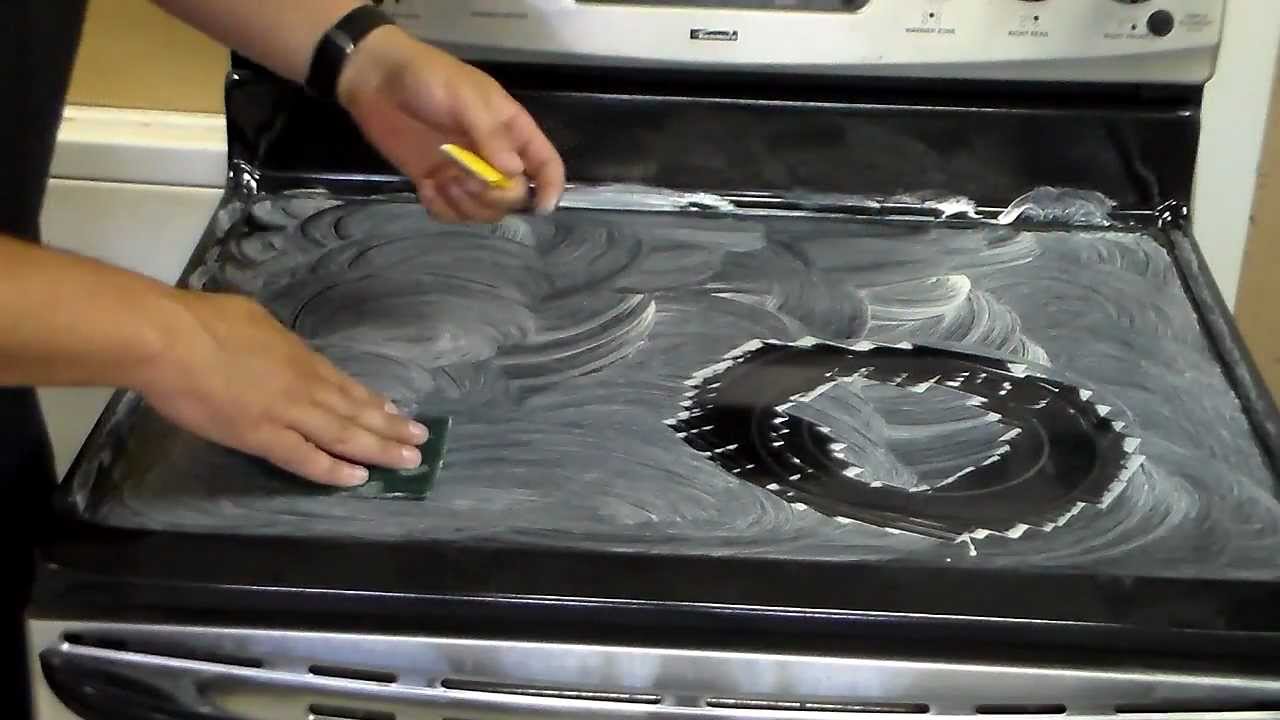
:upscale()/2014/03/25/765/n/1922441/6048773b9df62795__1210035.jpg)
